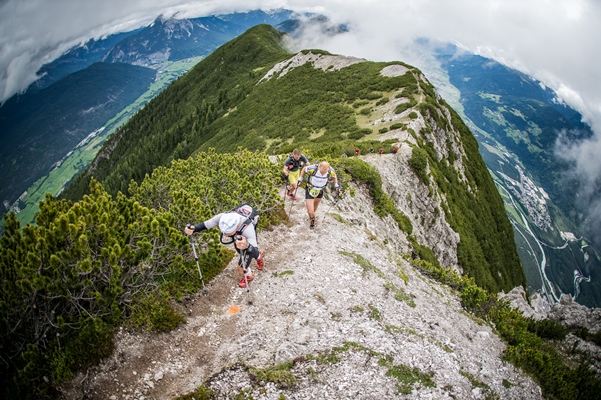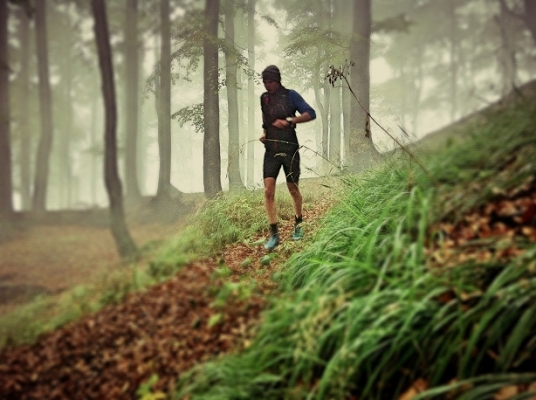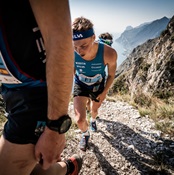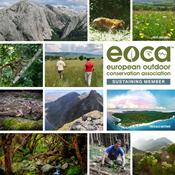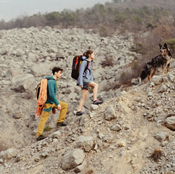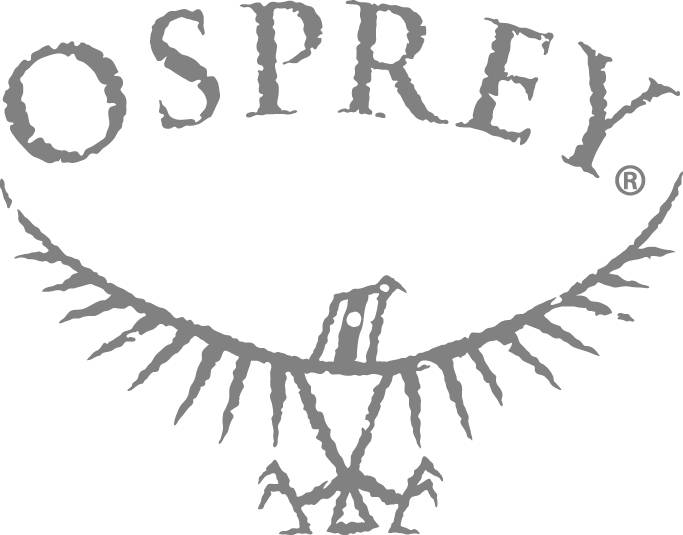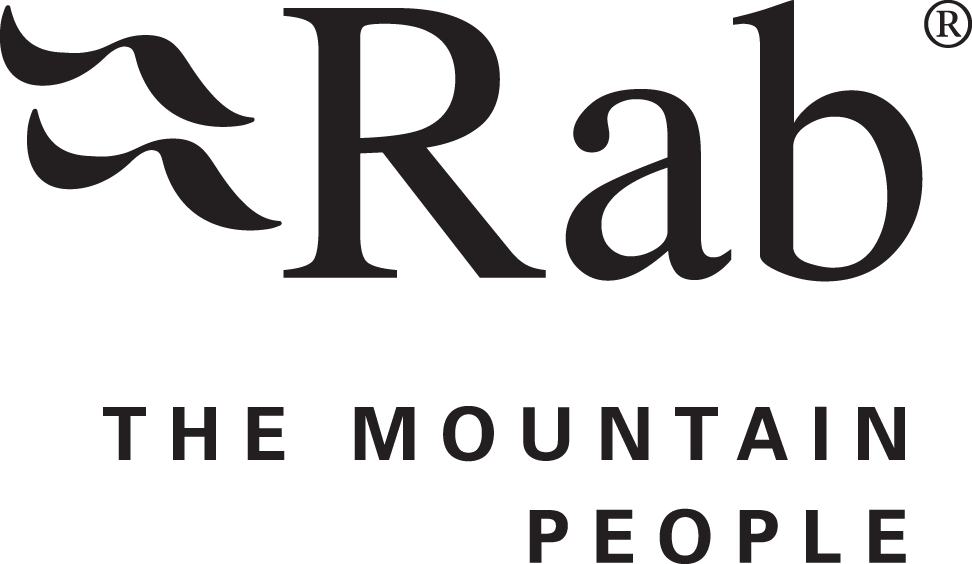It won’t be long as the start to the SALOMON 4 TRAILS is scheduled for 8th July, 2015. The race, which traditionally has followed a more-or-less straight line trajectory between Garmisch-Partenkirchen (Germany) and Samnaun (Switzerland) by way of Tirol (Austria) has been relocated. The all-new itinerary introduces trail runners to an up-and-coming trail running arena: the Berchtesgaden Alps. This rugged mountain region straddles the German-Austrian border connecting Bavaria and Salzburgerland on either side of the international border.
Owing to the uniqueness of the mountain setting – both in terms of its scenic appeal and ecological value – much of the area has received some protected area status. While competitions in nature reserves are certainly a big draw for runners, they spell real challenges for race organizers and land management agencies in terms of coming up with courses that minimize the effects on the area’s ecological integrity and still satisfies the athletic demands of the participating athletes. Throw in a few more stakeholders and their specific interests and very quickly you have a veritable conundrum on hand that requires numerous joint course inspections and multilateral negotiations.
For 2015, it was possible to come up with a true win-win solution. To race organizer Heinrich Albrecht, managing director of Plan B event company, it was a priority all along that a course through the Berchtesgadener Alps would satisfy all interests involved. “We’re pleased to have come up with a solution that will suit the racers as well as land management and doesn’t conflict with seasonal land use by private stakeholders”. That sentiment was echoed by course setters Stephan Repke and Philipp Reiter who after months of iterative trail visits are happy to have settled on a course that meets the technical and athletic expectations of the racers and doesn’t pinch on scenic highlights along the way.
The end result tallies up to 9,000 m of positive vertical over a distance of 150 kilometers and spread over four days of racing. The first two stages entirely take place on the German side of the border. Then the race moves on to Austria for the second half of the event. A peculiarity on the outset of Stage Three – but arguably an improvement over the original course itinerary – will be a short bus shuttle to a new start venue near the international border.
Both the athletes and the environment benefit from this amendment as racers now face a manageable distance of 38 kilometers (rather than the originally-planned 49.7 km) and disturbance to a sensitive environmental reserve can be avoided altogether as a result of the bypass.
Course setter Stephan Repke (aka Gripmaster) seems more than happy with the modification as it allowed two more trail highlights to be added to the itinerary: Weissbach Canyon and Ristfeuchthorn, two trail sections that should stick out in racers’ memories. At the same time the Gripmaster’s relief over all being said and done is palpable. “It’s anything but an easy task to connect five communities via trails that are suitable for racing in terms of required distance, technical and scenic appeal while meeting requirements by race organizers and land use managers for weather-hardy surfaces, safety standards and environmental protection. Once you add countless private stakeholders on top of that, it gets complicated at best”.
The result seems praiseworthy to the ones who are familiar with the course but in the end it’ll be the 600 racers who’ll pass judgment on it. The verdict will be passed down in less than two weeks by an enthusiastic posse of fanatic trail runners from over 25 nations.
INFO: SALOMON 4 TRAILS


